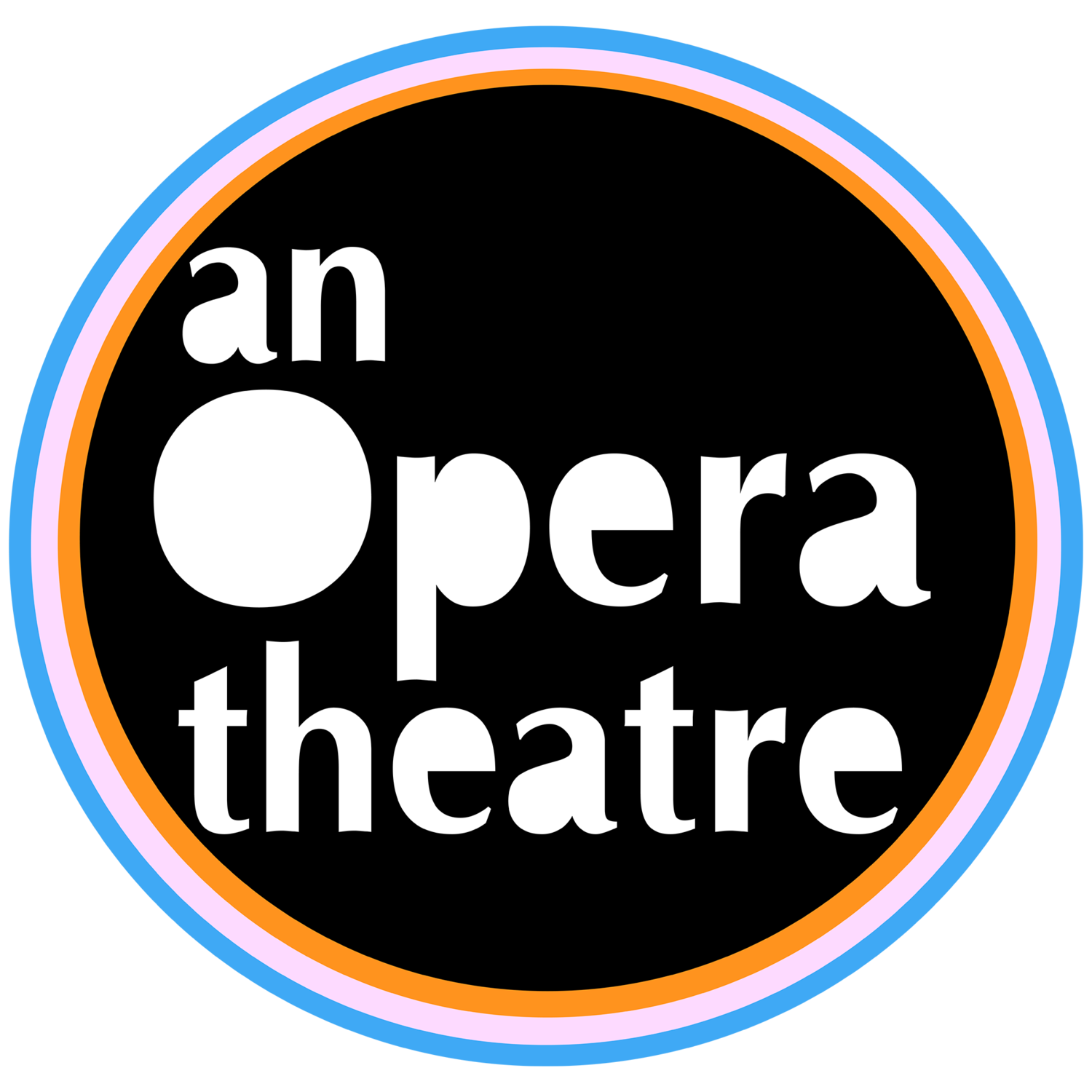Zitkála-Šá
Zitkála-Šá was born on the Yankton Reservation in South Dakota in 1876. At the age of eight she left her home to go to "the land of red apples" to attend a boarding school in Indiana where, as she says, "was treated like an animal." They cut her hair and forced her to speak English as all Native languages were banned. This experience forever changed her and she struggled with issues of cultural dislocation and injustice the rest of her life. It was also at the boarding school that she found solace in music and learned to play violin, which she later went on to study at Boston Conservatory. It was during her years at boarding school that Zitkála-Šá discovered her passion and boundless talents for music. She found solace and joy in learning and playing the violin and piano. This discovery led her to amazing accomplishments, national recognition, and fueled her work for the rest of her life.
In the late 1800’s, she moved to Boston to study music at the New England Conservatory of Music. Once she graduated, she took a job as the music teacher at Carlisle Indian Industrial School in the hopes of creating a better environment for young Native children than she herself had experienced. Unfortunately, it was no different. They were still cutting their hair. They were still forcing them to only speak English. She also discovered that the government was paying these boarding schools for every child that was taken from a reservation. These realities that she was continuing to see in the boarding schools fueled her to take charge of the narrative. She began her writings on Native American life to break down the racist stereotypes while also criticizing the boarding school system. These documents were published nationwide. From here on out, she never stopped writing.
Her writings gained national attention and caught the eye of Harper’s Monthly. One of the pieces she wrote for them described the loss of identity as a student at Carlisle Indian School. She was still on faculty there as a teacher, and following this publication was promptly fired. She took this welcome exit as a time to reconnect with her family on the reservation, begin her next book, and work as a clerk for the Bureau of Indian Affairs. This is also the time when she met and married, Captain Raymond Talefase Bonnin (Yankton Nakota).
Music reentered her world in a big way while she was teaching and living among the Ute Nation on the Uintah and Ouray Reservation in Utah. In 1910 she met Brigham Young University professor, William F. Hanson. This is where the Sun Dance Opera comes in! The Sun Dance and Bear Dance had been outlawed as the Bureau of Indian Affairs stated that in the practice of these rituals they were unable to distinguish between “improper dancing” or “degrading practices or customs.”
In the creation of this opera, it allowed Ute Natives to once again participate in this sacred ceremony of spiritual healing. While on a stage it was untouchable. Zitkála-Šá was also very aware that she was elevating these tribal dances and music in the most respected and revered art form of Westernized societies, grand opera. With this creation, she aided in preserving these sacred songs and dances. Unfortunately, throughout the composition, Zitkála-Šá’s contributions became less and less documented and Hanson’s that much more so. By the premiere, Hanson had almost entirely taken full credit for the opera. And to this day the entire score remains archived at Brigham Young University.
This betrayal fueled her into action and she moved to Washington D.C. where she was ready to make a difference for not only her generation but for generations to come. “Indians are virtually prisoners of war in America. Treaties with our government are still unfulfilled...There is no doubt about the direction in which I wish to go to spend my energies in working for the Indian race.” - excerpts from American Indian Stories, Legends, and Other Writings by Zitkála-Šá, 1921
Zitkála-Šá became secretary of the Society of American Indians in 1916, the first civil rights organization created by and for Native Americans. she edited its journal, and served as a lobbyist in Congress. She worked with the Society, edited the American Indian Magazine, and gave public speeches.
In 1926, she founded the National Council of American Indians and continued to pursue reforms through public speaking and lobbying efforts. Zitkála-Šá was instrumental in helping Indigenous peoples gain citizenship with the 1924 ‘Indian Citizenship Bill’. Although continuously problematic to this day, this allowed Native people the opportunities to continue to fight for their rights and recognition on their own land. She served as president of the council until her death in 1938.


